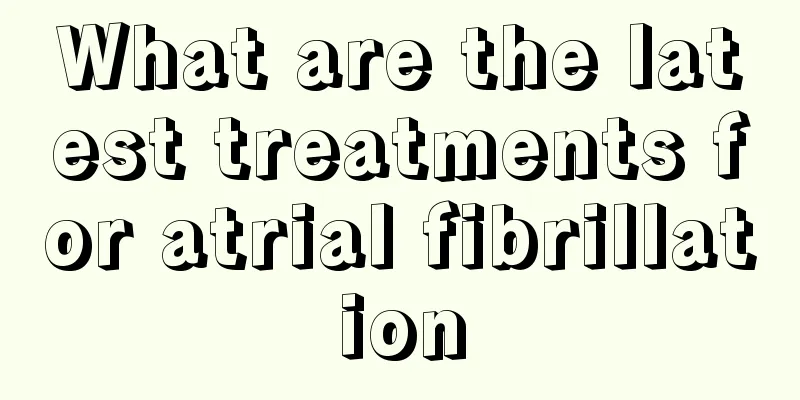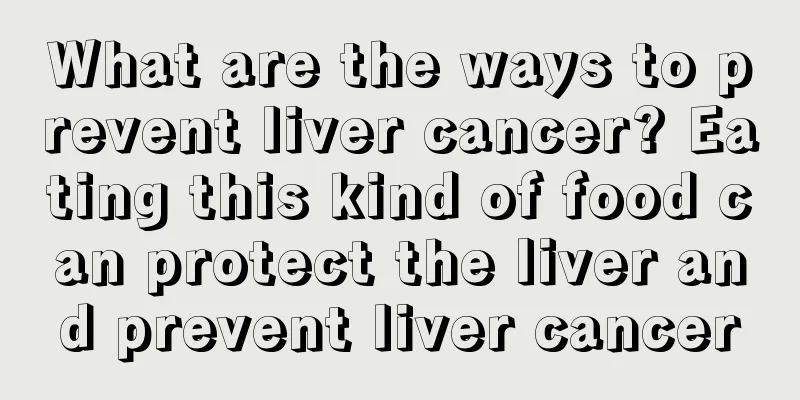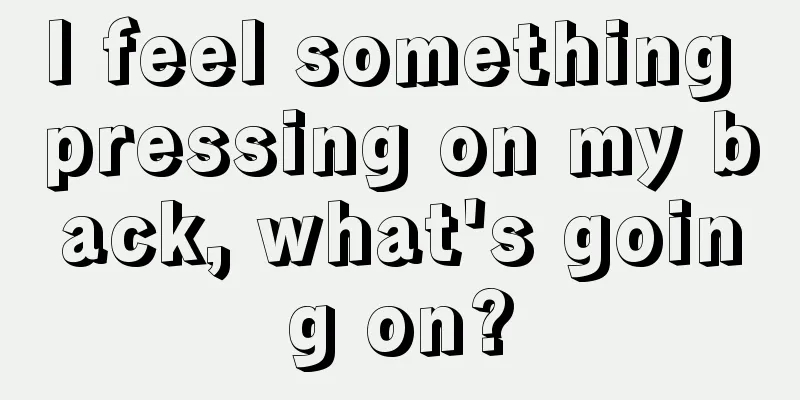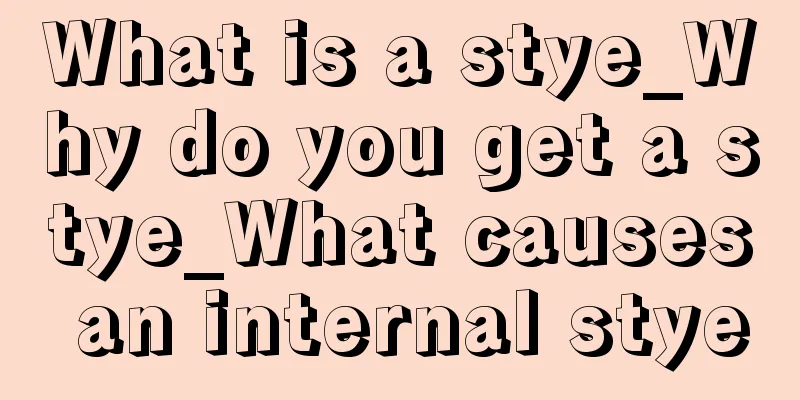What are the latest treatments for atrial fibrillation

|
Heart disease is one of the killers that threaten human health, especially in the extremely rich modern living environment, the disadvantages of overnutrition are becoming more and more serious, and the impact on the heart is particularly visible, such as cardiac hypertrophy, atrial fibrillation, etc. Atrial fibrillation is a relatively mild heart disease, but it cannot be ignored. Let's take a look at the latest treatments for atrial fibrillation. Atrial fibrillation (AF) is the most common sustained cardiac arrhythmia. The incidence of atrial fibrillation increases with age, reaching 10% in people over 75 years old. During atrial fibrillation, the frequency of atrial excitation reaches 300 to 600 beats per minute. The heart rate is often fast and irregular, sometimes reaching 100 to 160 beats per minute. Not only is it much faster than a normal person's heartbeat, but it is also absolutely irregular, and the atria lose their effective contraction function. The prevalence of atrial fibrillation is also closely related to diseases such as coronary heart disease, hypertension and heart failure. Non-drug treatments for atrial fibrillation include electrical cardioversion (to restore sinus rhythm), radiofrequency ablation, and surgical maze procedure (to completely cure atrial fibrillation). (1) Electrical cardioversion is a method of restoring sinus rhythm by placing two electrodes on appropriate parts of the patient's chest and delivering electric current through a defibrillator. Electrical cardioversion is suitable for: emergency cases of atrial fibrillation (such as myocardial infarction, extremely fast heart rate, hypotension, angina pectoris, heart failure, etc.), severe symptoms of atrial fibrillation that the patient cannot tolerate, the last successful electrical cardioversion, and recurrence of atrial fibrillation without drug maintenance. Electrical cardioversion is not a cure for atrial fibrillation. Atrial fibrillation often recurs in patients, and some patients need to continue taking antiarrhythmic drugs to maintain sinus rhythm. (2) Catheter ablation is suitable for the vast majority of patients with atrial fibrillation. It is less invasive and is easily accepted by patients. (3) Surgical maze surgery is currently mainly used for patients with atrial fibrillation who need cardiac surgery due to other heart diseases. The operation is effective but traumatic. |
<<: What are the best treatments for cerebral infarction
Recommend
What causes liver cancer? Correct treatment can alleviate the suffering of liver cancer patients
Actively treat and don't be scared by "l...
What should I do if my arm is swollen after being bitten by an insect
Mosquito bites are often hard to guard against be...
Psychological care for patients with bladder cancer
Regardless of the disease, psychological care is ...
Ovarian cancer is often diagnosed using vaginal ultrasound
The diagnosis of ovarian cancer is the prerequisi...
Is stomach pain on an empty stomach a sign of stomach cancer?
Stomach pain on an empty stomach is not necessari...
The magical effect of boiled eggs in glutinous rice wine
In many places, the nutritious dish of glutinous ...
What is the shelf life of salted duck eggs
Eating duck eggs is a very traditional food custo...
Where is liver cancer most likely to metastasize? How to prevent metastatic liver cancer?
Liver cancer is very common among the population....
How to match a tuxedo?
Many people may not know what bread jackets are, ...
Signs of metastasis of malignant melanoma of the nose
When malignant melanoma of the nose may have meta...
Is there a relationship between breast pain and breast cancer?
Breast pain is not usually associated with breast...
What are the symptoms of spinal neurofibroma
As a common and frequently occurring disease, spi...
Is a cyst on the liver serious?
The liver is the most important organ for human m...
Two Chinese medicine prescriptions for breast cancer patients
After breast cancer patients develop the disease,...
What are the good methods of TCM to treat liver cancer? 4 methods of TCM to treat liver cancer
Traditional Chinese medicine is now a highly reco...









